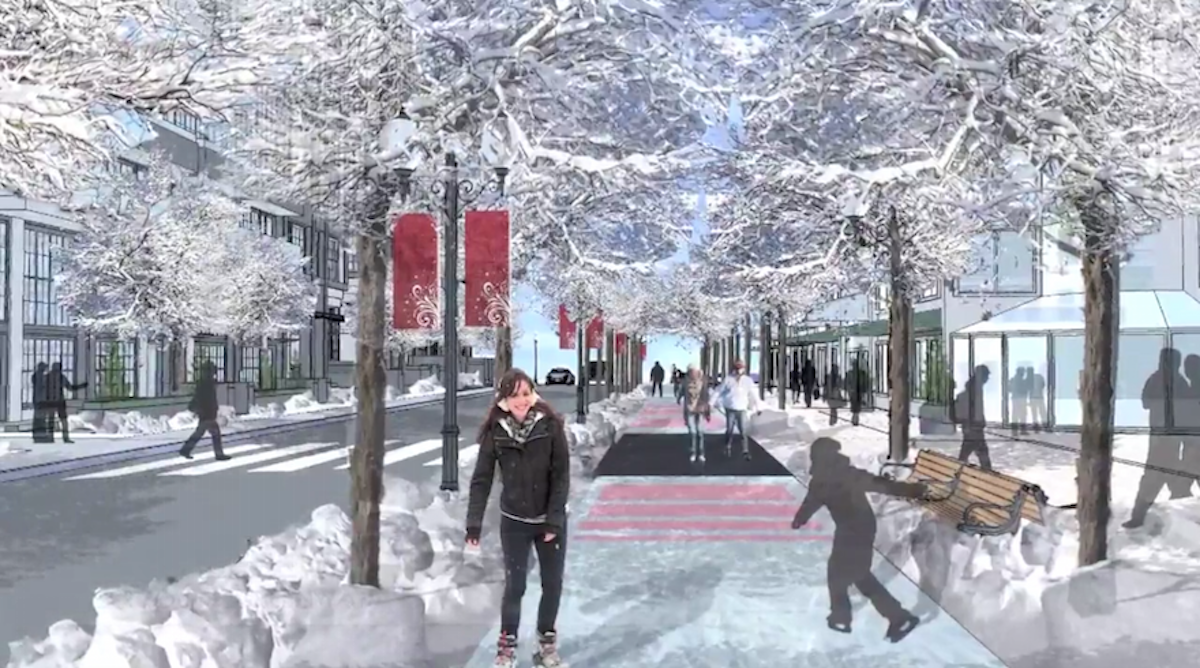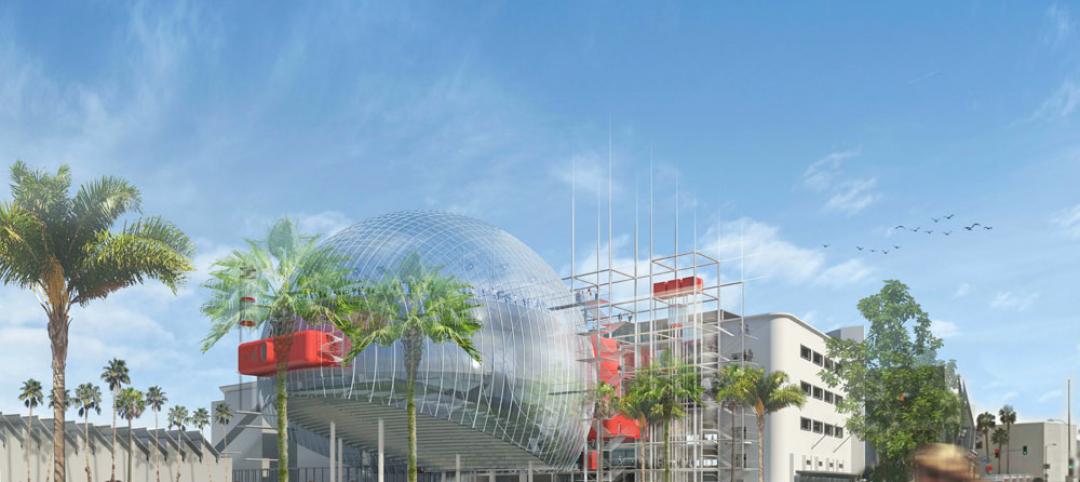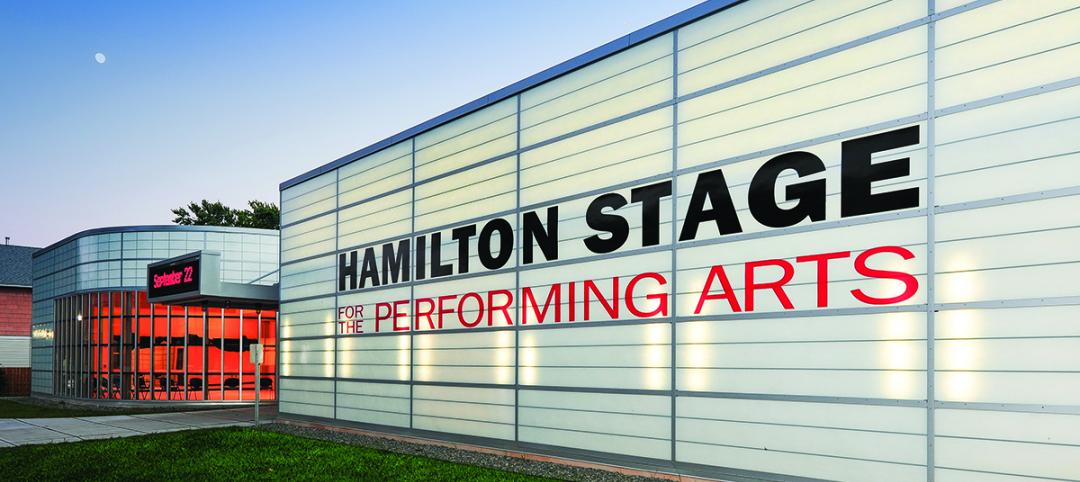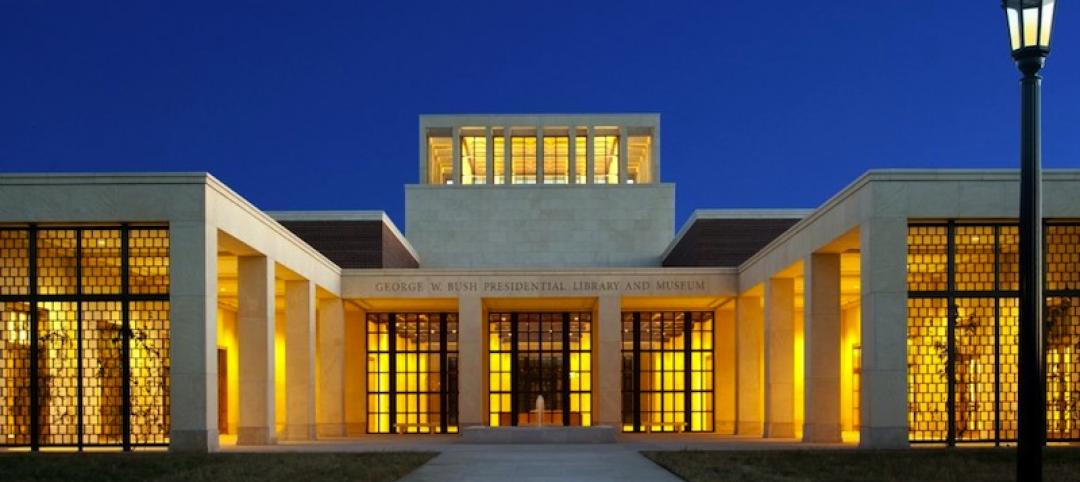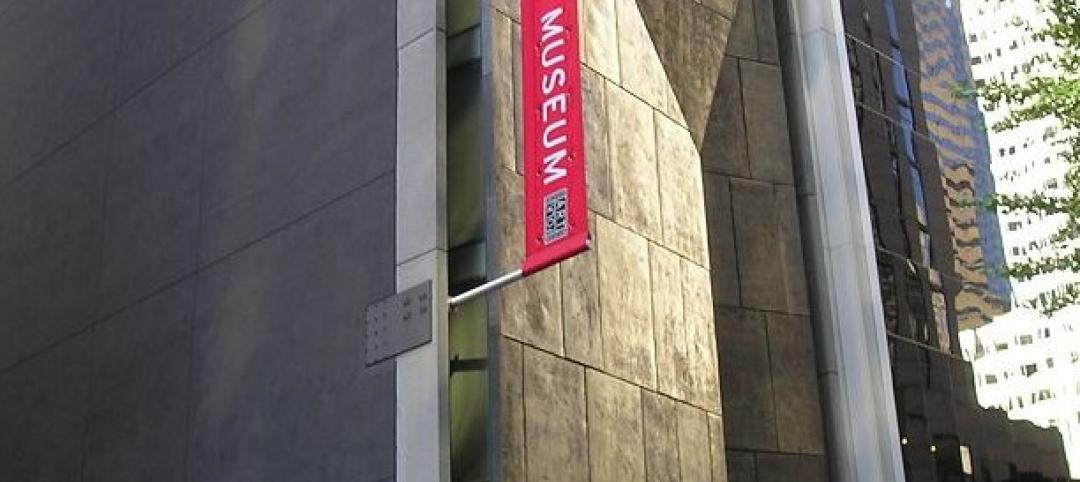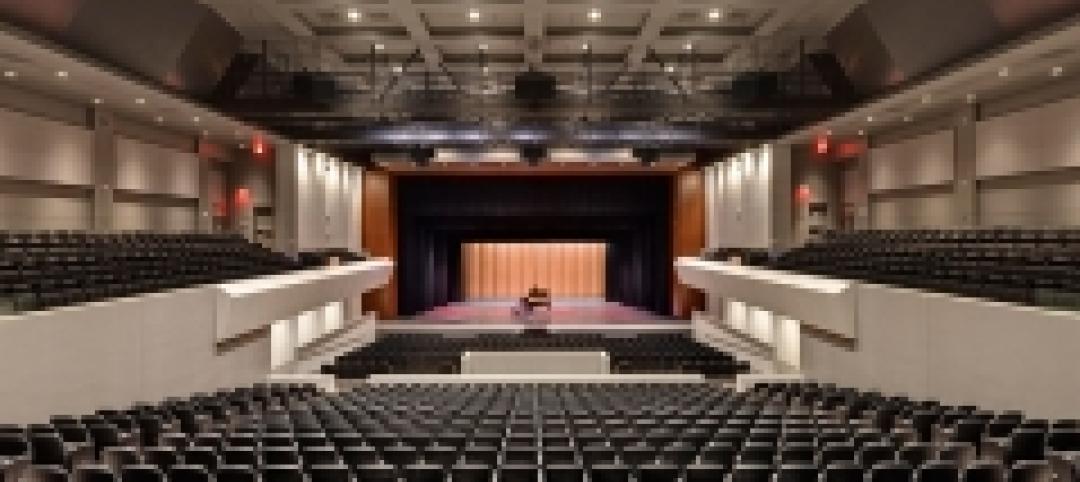When cities such as Edmonton, Canada, are below freezing for the majority of the year, it's hard to want to embrace the cold and snow. However, landscape architecture student Matthew Gibbs and city council members are considering a way to encourage residents to enjoy the cold rather than try to hide from it. According to BBC, the city is pondering the idea of a "Freezeway" and may launch a pilot project as early as next winter.
The idea was first brought up during a city council meeting during the 1990s, when a council member made an off-hand comment that suggested opening the fire hydrants and letting the streets flood and freeeze over. The comment inspired Gibbs to design the Freezeway, which won first place at the 2013 COLDSCAPES international design competition.
Gibbs said that if two existing rail corridors were connected, then an 11-km route could be established to allow people to skate to work, school, or events in the city. The Freezeway would also encourage more active lifestyles during the winter months, said Gibbs.
Design plans for the Freezeway include:
- Setting up skate rentals in nearby metro stops
- Using buildings as windbreaks
- Using "curbside skating lanes" that could be rolled up in the spring
- Providing built-in snow storage to serve as traffic dividers and contain the ice
- Building developments and plazas in sunny areas
Many council members have said the Freezeway is a good idea, and could be financed with corporate sponsorship or crowdsourcing. The price tag would be hefty, however, at as much as $400 per meter.
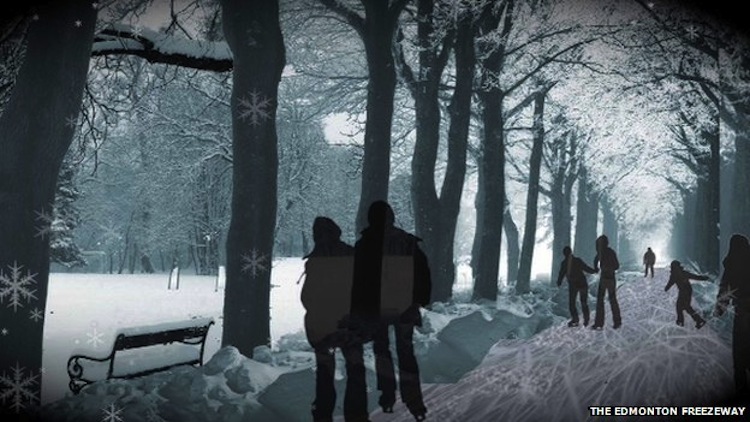
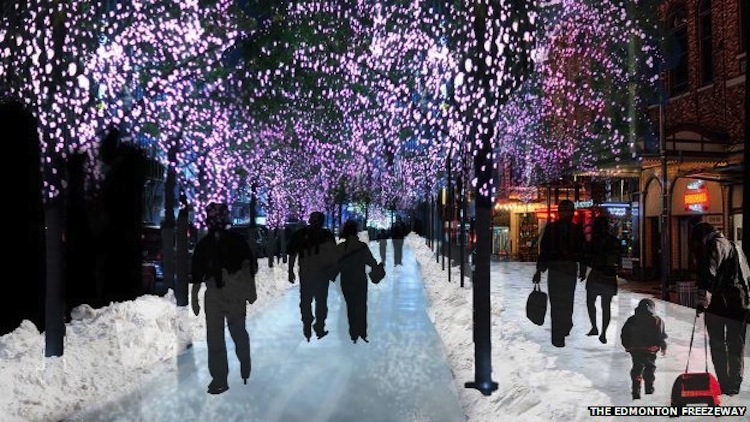

Related Stories
| Apr 17, 2013
First look: Renzo Piano's glass-domed motion pictures museum
The Academy of Motion Picture Arts and Sciences last week released preliminary plans for its $300 million Academy of Motion Picture Arts and Sciences museum in Los Angeles, designed by Renzo Piano and local architect Zoltan Pali.
| Apr 16, 2013
5 projects that profited from insulated metal panels
From an orchid-shaped visitor center to California’s largest public works project, each of these projects benefited from IMP technology.
| Apr 12, 2013
Nation's first 'food forest' planned in Seattle
Seattle's Beacon Food Forest project is transforming a seven-acre lot in the city’s Beacon Hill neighborhood into a self-sustaining, edible public park.
| Apr 12, 2013
Chicago rail conversion puts local twist on High Line strategy
Plans are moving forward to convert an unused, century-old Chicago rail artery to a 2.7 mile, 13 acre recreational facility and transit corridor.
| Apr 11, 2013
George W. Bush Presidential Center achieves LEED Platinum certification
The George W. Bush Presidential Center announced today it has earned Platinum certification by the U.S. Green Building Council’s Leadership in Energy and Environmental Design program. The Bush Center is the first presidential library to achieve LEED Platinum certification under New Construction.
| Apr 11, 2013
American Folk Art Museum, opened in 2001, to be demolished
Just 12 years old, the museum designed by Tod Williams and Billie Tsien will be taken down to make way for MoMA expansion.
| Apr 5, 2013
Snøhetta design creates groundbreaking high-tech library for NCSU
The new Hunt Library at North Carolina State University, Raleigh, incorporates advanced building features, including a five-story robotic bookBot automatic retrieval system that holds 2 million volumes in reduced space.
| Apr 2, 2013
6 lobby design tips
If you do hotels, schools, student unions, office buildings, performing arts centers, transportation facilities, or any structure with a lobby, here are six principles from healthcare lobby design that make for happier users—and more satisfied owners.


